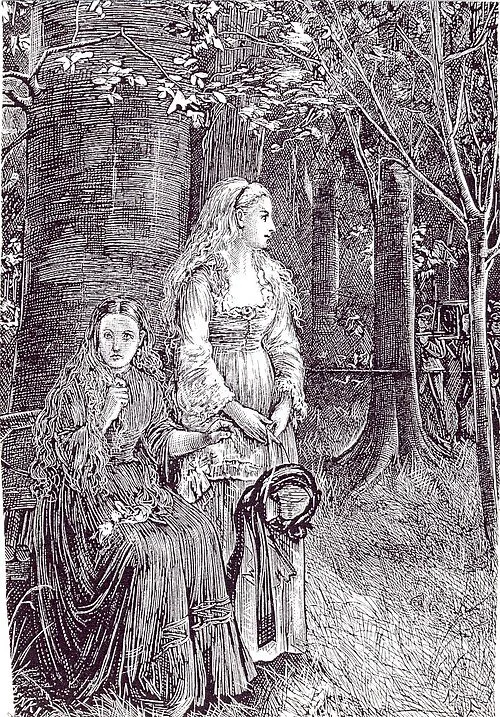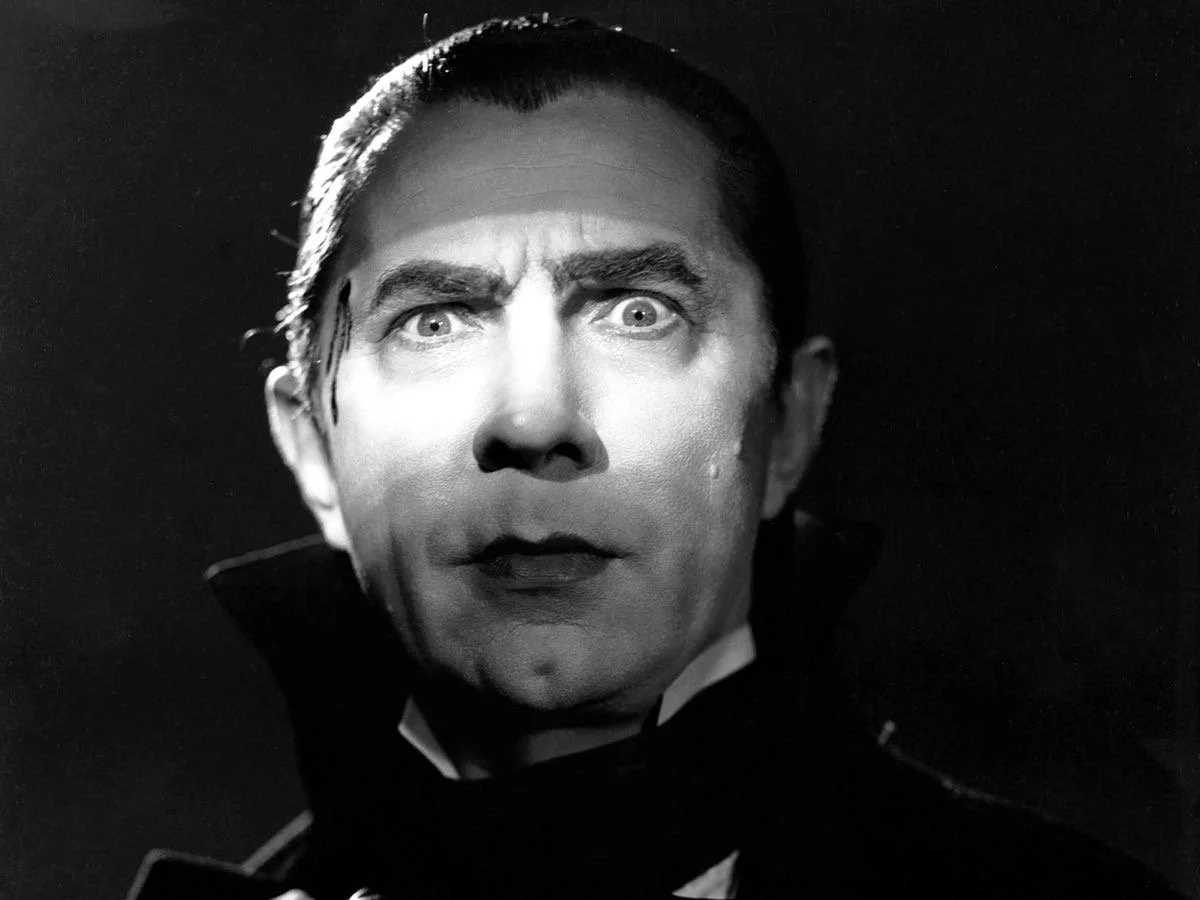Before Dracula, There Was Carmilla: How a Queer Classic Was Left in the Shadows
By Hannah Ferguson
Carmilla; Image Sourced through Pinterest
Crumbling castles. Mist-drenched moors. A bloodthirsty figure, both terrifying and alluring. Her name? Carmilla. Written nearly twenty years before Dracula, Joseph Sheridan Le Fanu’s novella is every bit as deliciously haunting as a vampire story should be. And yet, while Stoker’s count ascended into cultural canon, Carmilla lingered in the shadows.
As a life-long vampire enthusiast, I eventually felt it was time to pick up the source material: Bram Stoker’s Dracula. It had all the Gothic hallmarks I expected— dilapidated stone, restless nights, and of course, the infamous Count himself. But it also felt, perhaps predictably, dated. The women mattered mostly in relation to the men around them, while bands of strong men joined forces to heroically defeat evil. Classic gendered roles. At times, it read almost like a Scooby-Doo mystery. I was glad to have read it, but I left believing that most adaptations of Stoker’s story were ultimately more satisfying than the novel itself.
It was only in my post-Dracula research that I stumbled upon Carmilla—and suddenly I found myself far more captivated. The story was stranger, more intimate, more unnervingly beautiful. Carmilla herself felt like a creature drawn straight from the mist: seductive, haunting, and wholly unforgettable. And it left me with a question—why had this story, which in many ways felt more quintessentially Gothic, been nearly erased from the popular imagination while Dracula reigned supreme?
Seeking an answer led me down the rabbit hole of Gothic literature and Victorian society (who knew I’d be willingly logging into JSTOR post-graduation). What became clear is that much of Dracula’s staying power comes from its ability to flatter Victorian anxieties rather than challenge them. Stoker gave readers a vampire who was terrifying but still “safe” in his familiarity. Dracula reaffirms the cultural fears that haunted the era: foreign invasion, the corruption of women’s purity, and the threat of unchecked sexuality. Its resolution centers on the triumph of upper-middle-class, educated white men, who restore order by heroically destroying the intruding evil.
By contrast, Carmilla was too subversive to find the same acceptance. Its dreamlike, fragmented narrative resists the straightforward hero’s journey. Its eponymous vampire is not a foreign aristocrat but a beautiful, predatory woman who preys upon another woman, Laura. As scholar Makalesi argues in their article Turning the Queer into Monster, “Victorian society does not alienate monsters based on the physical harm they might inflict on the community but rather through the potential threat they impose upon its established moral order.” And in Carmilla, that threat was not just supernatural—it was erotic, feminine, and impossible to contain.
Illustration by Michael Fitzgerald for Le Fanu's Carmilla (January 1872); Image Sourced from Wikipedia
Another defining element of Carmilla is the charged, potentially romantic relationship between the vampire and our protagonist, Laura, whose family has taken Carmilla in during her mother’s absence. From the start, their bond is steeped in tension. Laura is both frightened and enthralled by Carmilla’s beauty, often dreaming of her visiting in the night. Carmilla, meanwhile, is far less restrained in her affections. As the two grow closer, she confesses to Laura: “I live in you; and you would die for me, I love you so.”
This decentering of a male protagonist was already off-kilter for Victorian audiences, but what truly unsettled them was Carmilla’s unabashedly queer desire. Her character calls into question monogamy, heteronormativity, and the very structure of societal order. Whereas Dracula’s downfall reasserted patriarchal control, Carmilla offered something even more horrifying to its contemporary readers: a love that defied convention and containment.
There were, however, more factors that propelled Stoker’s novel into the cultural zeitgeist over Le Fanu’s. For one, Dracula was far more plot-driven, giving it a cohesion that lent itself naturally to adaptation. Stoker himself had even attempted to bring his novel to the stage during his lifetime, though the project was never completed. After his death, his widow sold the rights, and by 1924, Dracula appeared on stage. Just two years earlier, the unauthorized German film Nosferatu had already transformed Stoker’s text into one of the first cinematic horror masterpieces. The momentum continued, and by 1931, Bela Lugosi’s Dracula reached American screens, cementing the Count’s image in pop culture.
Bela Lugosi as Dracula; Image Sourced from Pinterest
The long shadow of Lugosi’s Dracula never really left us, continuing to shape our preconceptions of vampire media. It became easy to distill the Count into recognizable iconography: a long black cape, sharp fangs, and an ambiguously foreign accent. Carmilla, on the other hand, resisted such simplification. The perverse beauty of a woman whose danger was bound up with intimacy, desire, and queerness proved much harder to characterize—and harder still to market. It raises the question of who writes cultural history, and what stories are allowed to endure. Perhaps we do not favor the monsters we fear most, but rather the ones we find easiest to contain.



